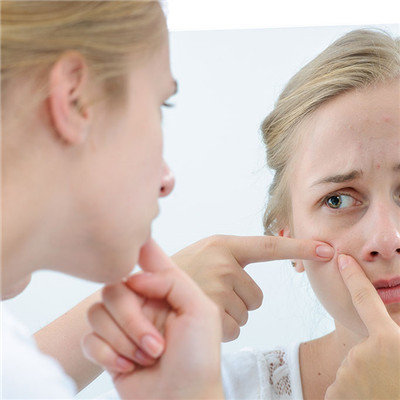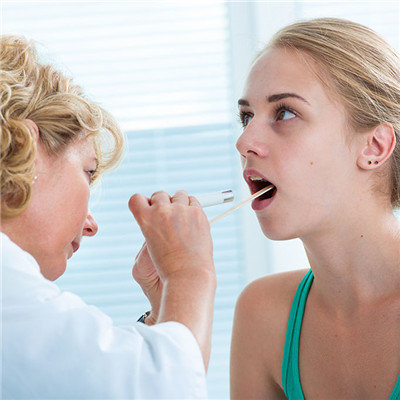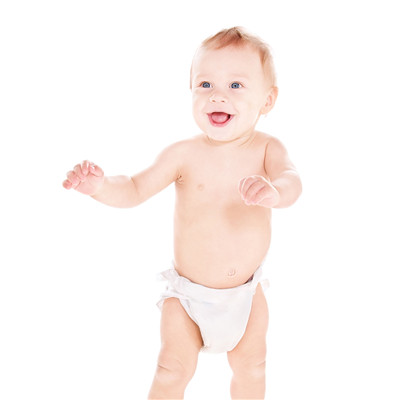Pityriasis rosea symptoms?
summary
Pityriasis rosea is a common skin disease in life, many people may have suffered from it, but because pityriasis rosea and other skin diseases have some similarities, such as psoriasis, dermatitis and so on, so the symptoms of pityriasis rosea is not very well understood, but it is not easy to distinguish. Pityriasis rosea symptoms? Now let me tell you something.
Pityriasis rosea symptoms?
Pityriasis rosea's symptoms generally begin with some rose light erythema on the skin. This kind of initial erythema is called precursor spot, with thin scales. After one or two weeks of onset, erythema of different sizes will appear, symmetrically distributed. The shape of erythema is generally oval, and there will be pruritus of different severity. Generally, it mainly occurs on the trunk and limbs.
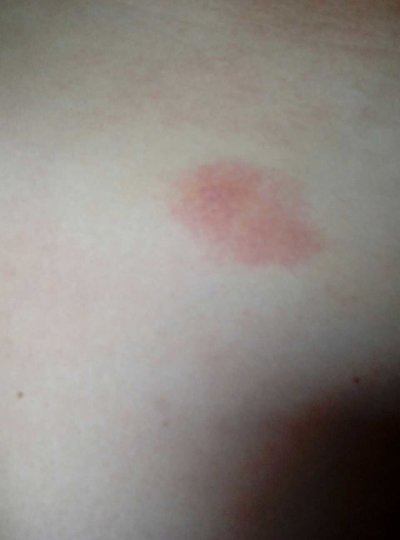
Pityriasis rosea usually occurs in spring and autumn, mostly in young or middle-aged people. It has the characteristics of self-healing. Generally, it will subside in 4-8 weeks without recurrence. In addition, there are pityriasis rosea with red papules. This type of pityriasis rosea will have obvious itching, and may also be accompanied by fever.

Pityriasis rosea is generally diagnosed by the precursor spot, predilection site, rash shape, furfural scaly patch and other shapes. It is recommended that once diagnosed, it should be treated in time. Otherwise, if the treatment is not timely or improper, it is easy to leave unsightly pigmentation and affect the appearance of the skin.
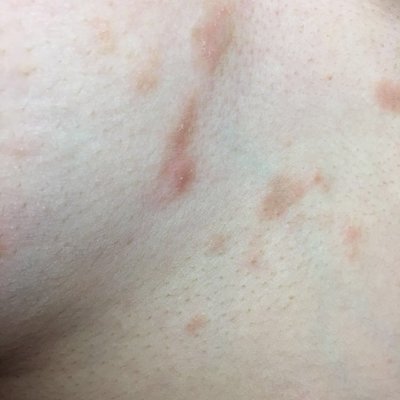
matters needing attention
Pityriasis rosea has a great impact on the skin of patients, so we must pay attention to some life care, as well as diet taboos after the treatment. Only when all aspects of treatment and care are well done, can the skin recover faster.

